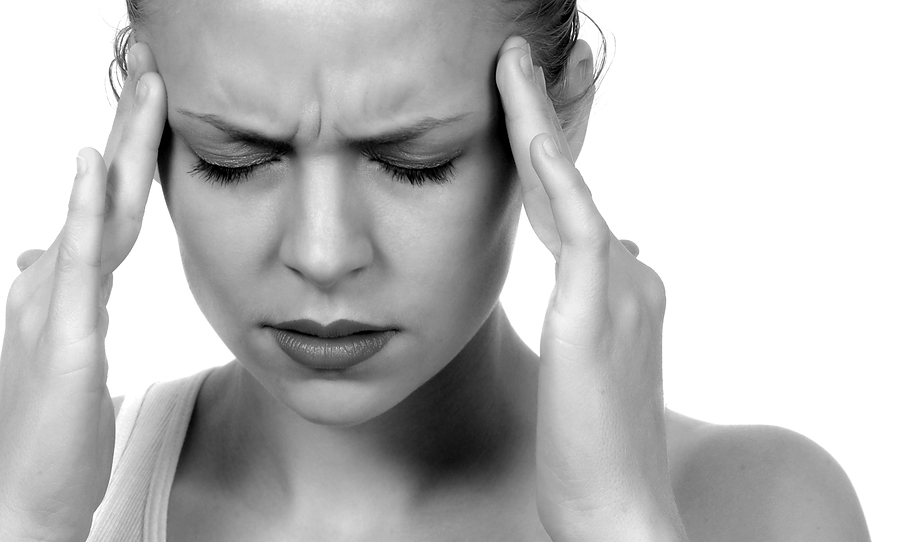Theses days, I had headache so my husband gave me acupuncture treatment. Later on, I felt much better. So I asked him, what is your perspective on Migraines and Headaches. As western medicine field, most of time, We use Tenonol as typical medication. How about Chinese Medicine? Is it efficient?
For migraines, acupuncture treatment depends on whether the patient comes into my office experiencing acute pain or is seeking preventative treatment in between migraine attacks. Prevention should be the long-term goal. Here I will describe how I approach each situation with acupuncture.
Although several studies suggest that acupuncture is effective for migraine prevention, the use of acupuncture for reducing pain during a migraine attack requires further study.
In my clinical practice, I have found acupuncture to be quite effective for managing the acute pain of mild to moderate migraine attacks.
A typical acupuncture treatment involves the insertion of fine needles into acupuncture points on the body followed by gentle manipulation of the needles. This instantly increases blood flow in the tissues through a mechanism know as the "axon reflex", which dilates the small vessels around the needle area. An increase in circulation where blood flow is poor is called removal of "stagnation" in Asian medicine and is generally considered a very good response for most chronic conditions and for migraine prevention.
However, this is not the approach I take during a migraine attack. Since pain during a migraine is believed to be associated with dilation of blood vessels in the head, inducing this physiological reaction through the insertion of needles into the head and neck area would not be desirable during an attack. It may even temporarily worsen the patient's pain and accompanying symptoms such as nausea.
Instead I minimize activity of the blood vessels in the head and neck during a migraine attack. How is this done? By limiting the acupuncture points selected to those on the arms and legs. The head and neck areas are rarely stimulated to avoid unnecessary dilation of vessels in that area.
In addition, the entire treatment is often done with the patient in sitting position rather than the usual lying position. This is because blood vessels are under greater control in sitting position, minimizing the chance of undesired dilation of the blood vessels following acupuncture. In certain situations, a high frequency (100 Hz) electrical current may be connected to the acupuncture needles to help constrict the blood vessels.
Emotional stress is a well known trigger for migraine. Japanese researchers have found that people living in fast-paced business centers in Tokyo tend to have an imbalance in the autonomic nervous system, specifically, an inhibition of the parasympathetic system that is active during relaxation, and an excitation of the sympathetic nervous system, which governs our response to stress. This type of imbalance is associated with other health conditions such as heart disease, insomnia, high blood pressure, and premenstrual syndrome.
In order to harmonize the autonomic nervous system, I use a special acupuncture technique called SES. The SES technique involves the shallow insertion of acupuncture needles just to the dermis of the skin, with manual needle stimulation given while the patient is exhaling and in sitting position. This technique was originally studied by professor Kazushi Nishijo of Tsukuba College of Technology in Japan, who found it had positive physiological effects on the nervous system. My recent studies suggest that this acupuncture technique may activate the parasympathetic nervous system and decrease muscle tension. Acupuncture points for this technique are usually chosen on the forearms and lower legs.

No comments:
Post a Comment